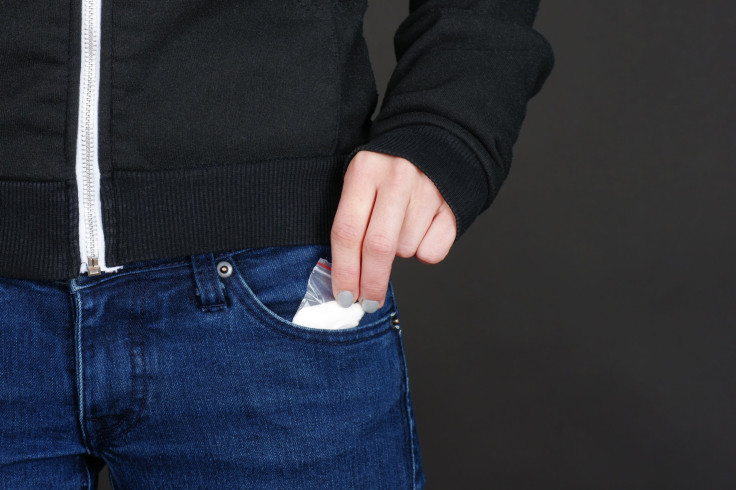How Ketamine, Even With It's Bad Reputation As A Date Rape Drug, May Be A Useful In Pediatric Medicine

Ketamine, the infamous club drug that parents pray their teens never encounter, may have a special medical use for children. Turns out emergency room doctors can treat children with intranasal ketamine for pain resulting from limb injuries. This needle-free treatment is not only effective but safe, according to the Australian researchers who conducted the new study.
“For children in pain and distress, the option of treating their pain without a needle is a huge benefit,” said Dr. Andis Graudins, a professor at Monash University in Victoria and lead author of the study.
Bad Reputation
Developed in 1963, ketamine is a dissociative anesthetic, meaning it induces amnesia, and is used in both human and veterinary medicine. While manufactured as an injectable liquid, ketamine is evaporated to form a powder for snorting or swallowing when sold illegally. Much of the illicit ketamine, commonly referred to as Special K, Cat Valium, and Kit Kat, has been diverted from veterinarians’ offices. Ketamine is odorless and tasteless. Sometimes used for “drug rape,” the drug can be slipped into an unsuspecting victim’s drink without being detected.
For the current study, researchers investigated the amount of relief delivered by intranasal ketamine in children between the ages of 3 and 13 who said their pain (resulting from an isolated limb injury) reached seven or higher on a 10 point scale. The investigators compared the effects of ketamine to intranasal fentanyl used in similar instances for children visiting an emergency room. On average, the children reported their pain as eight out of 10. After 30 minutes, the average reduction in pain for ketamine amounted to 4.45 while fentanyl scored a 4.0 decrease. After 60 minutes, both groups had maintained their pain reduction but the children’s satisfaction for ketamine was slightly higher at 83 percent, compared to 72 percent for fentanyl.
"Ketamine is a great alternative for injured children in the ER who may not be able to tolerate opiates, like fentanyl," said Graudins. That said, the children involved in the study reported side effects more frequently for ketamine (78 percent of patients) than for fentanyl (40 percent of patients).
However, side effects were all mild with dizziness or drowsiness being the most common. “Being able to deliver pain-relief with minimal upset, such as that triggered in some children by even the sight of needles, is a great boon to our youngest patients,” said Graudins.
Source: Graudins A, et al. The PICHFORK (Pain in Children Fentanyl OR Ketamine) Trial: A Randomized Controlled Trial Comparing Intranasal Ketamine and Fentanyl for the Relief of Moderate to Severe Pain in Children with Limb Injuries. Annals of Emergency Medicine. 2014.



























